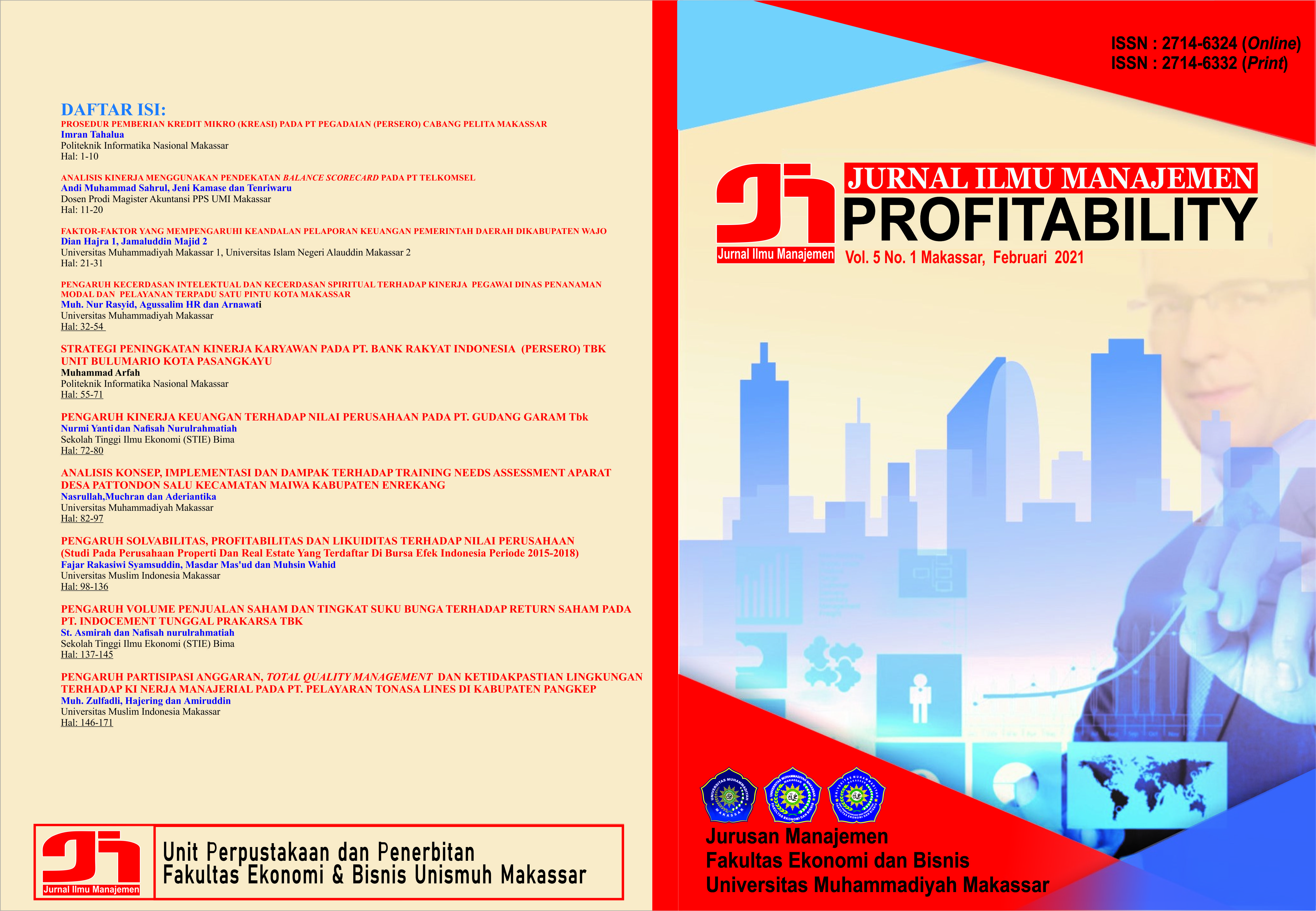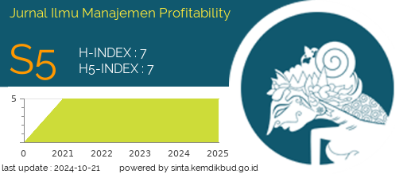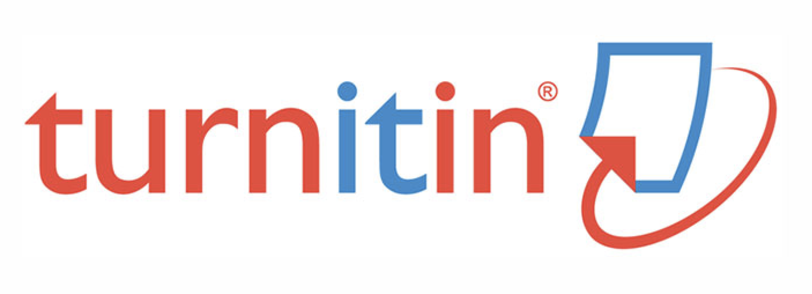STRATEGIES FOR INCREASING THE PERFORMANCE OF EMPLOYEES IN. BANK RAKYAT INDONESIA (PERSERO) TBK UNIT BULUMARIO PASANGKAYU CITY
DOI: https://doi.org/10.26618/profitability.v5i1.4856
Strategy, Performance and Employees
Abstract
The background of this purchasing problem is taken from the presence od employees who are not in accordance with existing abilities or slills so that they do not work and are delayed in a job. The type of research used is descriptive qualitative in which the authors describe the results describe the results of observations and direct interviews with the head of the bullumary unit and employees at PT. Bank Rakyat Indonesia (Persero) Tbk Bulumario Unit Pasangkayu City. Wring the final project is the result of writing done in june to july 2020. Research as outlined in this thesis aims to determine the strategy for developing employee performance in PT. Bank Rakyat Indonesia (Persero) Tbk Bulumario Unit Pasangkayu City. The results showed that the strategy for developing employee performance at PT. Bank Rakyat Indonesia (Persero) Tbk. Bulumario Unit In Pasangkayu City consists of 1. Improving discipline 2.Conducting training 3.Career path 4.Providing benefits to amployee 5.Maintaining good relations between employees.
References
Jakarta: Bumi Aksara Ghony, M. Junaidi dan Fauzan Almanshur, Metodologi Penelitian Kualitatif
Jakarta: Grasindo, 2015 Tanzeh, Ahmad , Metode Penelitian Praktis
Jakarta: PT Grasindo, 2015 Sirait, Justine T., Memahami Aspek-aspek Pengelolaan Sumber Daya Manusia dalam Organisasi
Jakarta: Rajawali Press, 2014 Wawancara dengan sekretaris BPRS Binama Mbak Ratih tanggal 26 April 2017 Yuniati (2016) Srategi Pengembangan Sumber Daya Manusia Berbasis Syariah di BPRS Bangun Drajat Yogyakarta
Kadarisman, Manajemen Pengembangan Sumber Daya Manusia
Kirana, Chandra, Kusuma. Evaluasi Kinerja Sumberdaya Manusia
Downloads
Published
Issue
Section
License
Authors who publish with Jurnal Ilmu Manajemen Profitability agree to the following terms:
Copyright of the articles remains with the authors.
Authors grant the journal the right of first publication with the work simultaneously licensed under a Creative Commons Attribution-NonCommercial 4.0 International License (CC BY-NC 4.0). This license allows others to:
Share (copy and redistribute the material in any medium or format)
Adapt (remix, transform, and build upon the material)
as long as they give appropriate credit to the original author(s) and source, provide a link to the license, and indicate if changes were made. Non-commercial use only.
Authors are permitted to:
Distribute their published work (e.g., post it to an institutional repository or publish it in a book), with an acknowledgment of its initial publication in this journal.
Enter into separate, additional contractual arrangements for the non-exclusive distribution of the journal’s published version of the work (e.g., post it to a class website or institutional archive).
For permissions to use the content published in this journal beyond the scope of the license (e.g., commercial purposes), please contact the editorial office via the journal email.
License Details:
This journal is licensed under a Creative Commons Attribution-NonCommercial 4.0 International License (CC BY-NC 4.0).












